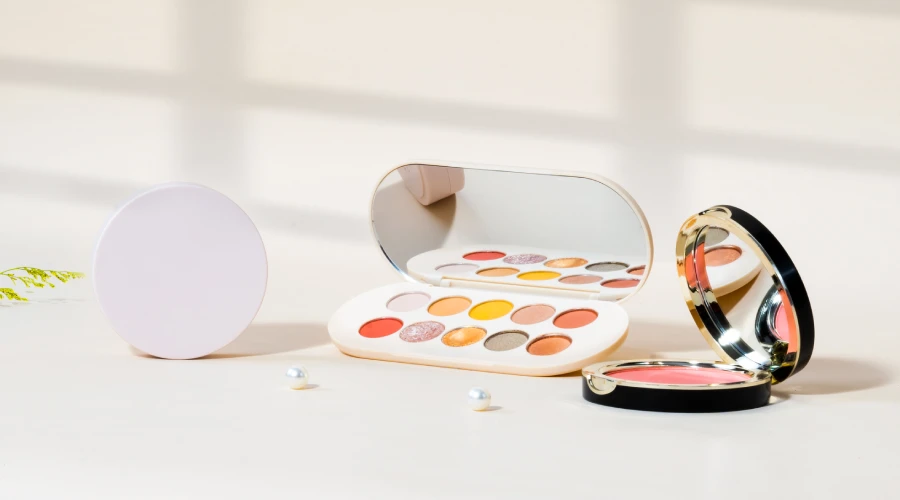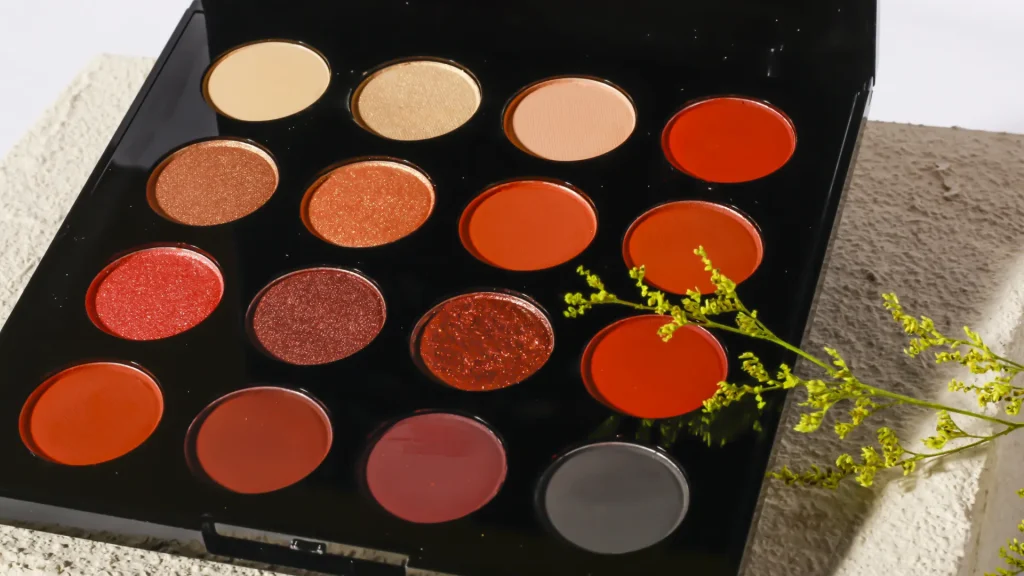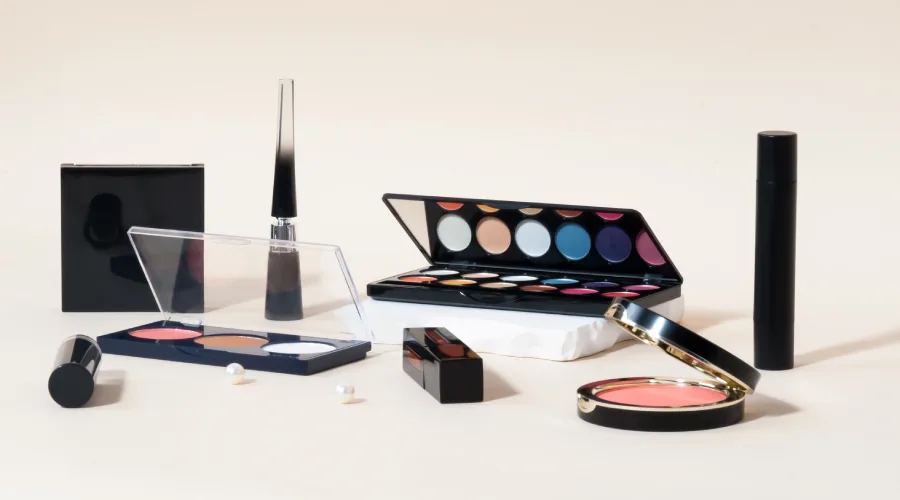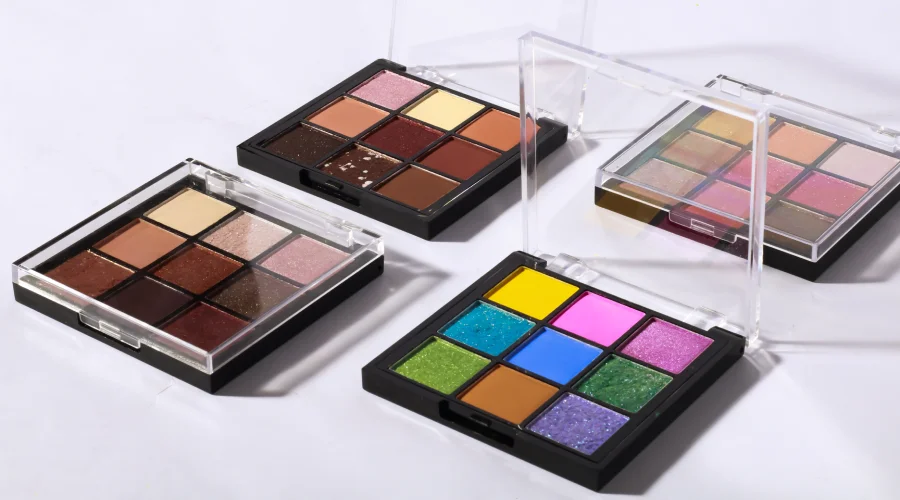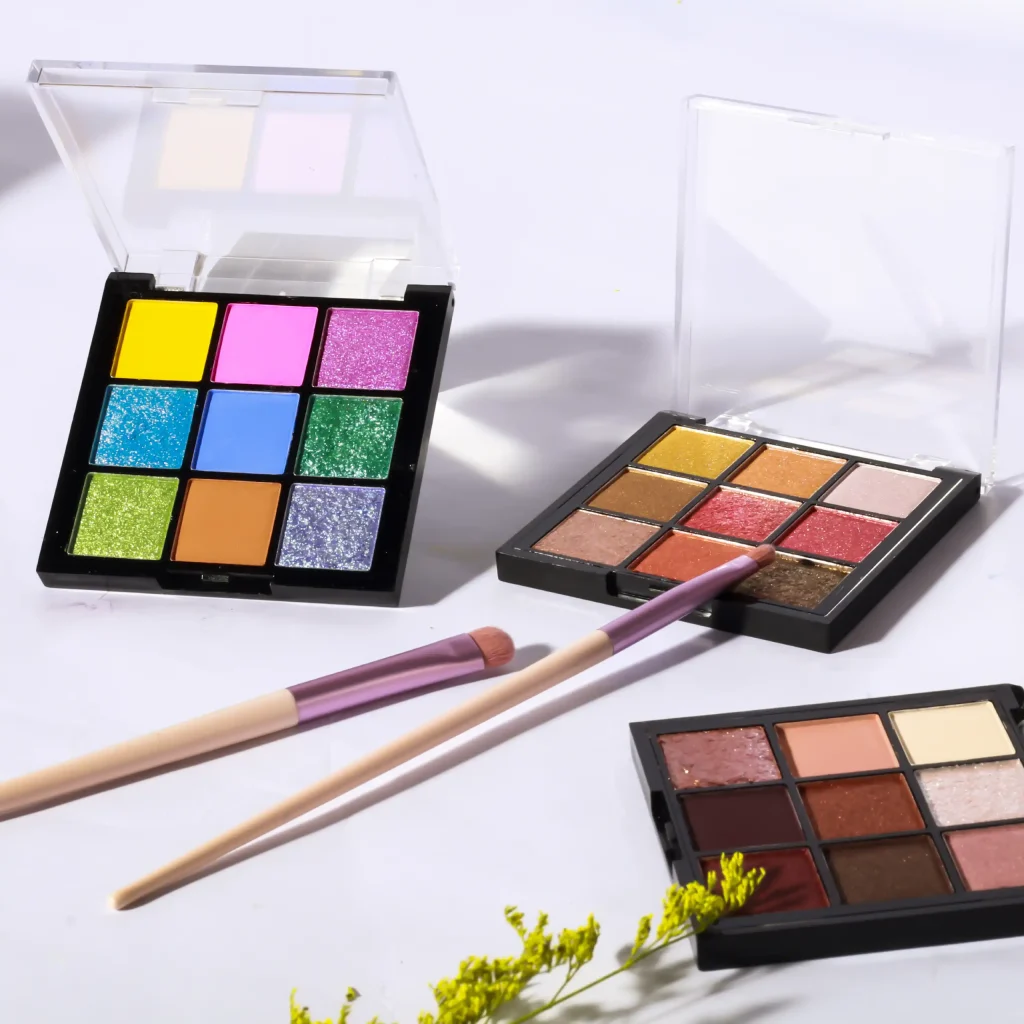Eyeshadow isn’t just for teenagers or Instagram influencers—it’s for anyone who wants to play with color, definition, or a little sparkle. Yet many women over 60 hesitate, thinking, “Will this make me look older?” or “Is it too late for bold looks?”
The truth? Makeup doesn’t expire at a certain age—but techniques do shift. Eyeshadow is a tool, not a rulebook. Whether you prefer a barely-there nude or a smoky plum, the key is adapting—not avoiding.
Why Eyeshadow Is Fantastic for Mature Eyes
Think eyeshadow is just for the young? Think again. The right shades and techniques can do wonders for mature eyes—brightening, lifting, and adding a touch of playfulness.
1. Enhances Natural Beauty Without Looking “Too Much”
A whisper of eyeshadow—not a heavy hand—makes all the difference. Soft, neutral tones like taupe or peach add subtle definition without overpowering delicate eyelids. The trick? Avoid thick, dark lines that can make hooded lids look heavier. Instead, blend a matte shade just above the crease to create the illusion of depth (Journal of Cosmetic Science, 2023).
For 65-year-old Linda, switching from black liner to a soft brown shadow made her eyes “pop” without feeling overdone. “It’s like my eyes are awake again,” she says.
2. Corrects & Lifts – The Magic of Strategic Color
Eyeshadow isn’t just decoration—it’s optical illusion. A matte, mid-tone shade applied slightly above the natural crease can “lift” drooping lids. Meanwhile, a touch of shimmer (not glitter) in the inner corner brightens tired eyes instantly.
Pro tip: Skip frosty whites, which can look harsh. Instead, opt for champagne or vanilla for a natural glow.
3. A Confidence Boost – Fun & Self-Expression
Who says color has an age limit? Helen Mirren proves gold and plum eyeshadow look stunning on mature eyes. The key? Sheer application—like a tinted wash rather than opaque pigment.
For 70-year-old artist Rosa, experimenting with muted greens and lavenders became a creative outlet. “Makeup is like painting—but on my face!”
The Best Eyeshadow Techniques for Women Over 60
Great eyeshadow at any age comes down to technique—not luck. For mature eyelids, a few smart tweaks can make all the difference between “fresh and polished” and “cakey and dated.”
1. Prime Your Lids – The Secret to Flawless Wear
Mature eyelids often have fine lines or slight crepiness, which can make eyeshadow settle unevenly. Primer creates a smooth base, helping color stay vibrant and preventing that dreaded “creased” look by midday.
Pro tip: Gently pat primer (don’t rub) and let it set for 30 seconds before applying shadow. A little goes a long way—too much can make lids look heavy.
2. Matte vs. Shimmer – What Works Best?
Matte shades are your best friend for defining the crease and minimizing texture. They give depth without emphasizing wrinkles.
Shimmer isn’t forbidden—it’s about placement. A soft satin on the lid (avoiding the brow bone) adds light without looking frosty. Save glitter for special occasions—if at all.
Real-life test: 68-year-old Diane found that swapping her frosted blue shadow for a matte mauve made her eyes look “more awake, not sparkly in a bad way.”
3. Avoid These Common Mistakes
❌ Harsh, unblended lines – Dark shadow smudged along the lash line can make eyes look smaller. Blend upward for a softer effect.
❌ Glitter overload – Chunky glitter magnifies texture. If you love sparkle, try a finely milled shimmer instead.
❌ Skipping blending – A diffused edge makes eyeshadow look intentional, not “accidental.” Use a fluffy brush and blend in small circles.
The Most Flattering Eyeshadow Colors for 60+
Eyeshadow at 60 isn’t about hiding—it’s about choosing what works with changing skin texture and tone. Skin becomes thinner, cooler, or more uneven. That means some eyeshadow shades from your 30s may no longer work the same way. But that doesn’t mean color is off-limits.
1. Neutrals That Enhance (Not Overwhelm)
Soft neutrals like taupe, sand, and warm browns are ideal for mature eyelids. They give definition without making fine lines stand out.
Cool tones like icy gray or silver can reflect light in ways that emphasize texture. Instead, warm matte eyeshadow tones blend better with skin that’s lost some elasticity.
A woman named Linda, 62, once shared how swapping her favorite silver shimmer for a matte cocoa made her eyes look less tired. “It didn’t erase anything,” she said, “but it didn’t fight my face either.”
Stick with buildable shadows and avoid heavy layering. Light washes work best—no more packing on pigment like in the ’80s.
2. A Pop of Color – How to Do It Right
Color isn’t just for the young. The key is placement and texture. Think sheer washes of plum, sage green, or soft navy—nothing too loud or chalky.
Many makeup artists suggest applying brighter eyeshadow along the lower lash line or the outer third of the lid. This lifts the eye subtly without overwhelming the shape.
If you’re trying blue eyeshadow for the first time since high school, try it in a cream stick formula. It’s easier to control and blend, especially on drier skin.
Karen, a retired teacher in her 60s, uses a plum shadow just on the outer corners. “It gives my eyes a little personality,” she said. “Like a wink, not a shout.”
3. The “No-Makeup” Eyeshadow Look
For many over 60, the best eyeshadow is one that doesn’t look like eyeshadow at all. Cream formulas in beige, rose, or champagne mimic the soft light of the eyelid in youth.
Apply with your finger or a brush—one swipe across the lid is often enough. This approach brightens the eyes without shimmer or harsh lines.
Think of it less like makeup and more like lighting. The goal is to reflect natural light upward, making the eye appear open.
Many dermatologists also prefer cream-based products because powder can settle into lines. A good cream eyeshadow can act like a soft-focus lens.
Addressing Common Concerns About Eyeshadow After 60
Eyes change with time—so do the questions around makeup. Eyelids may be drier, more textured, or less firm. But that doesn’t mean eyeshadow is off the table. Many women over 60 simply want to know how to make it work now, not how it used to work.
1. “Will Eyeshadow Make My Wrinkles More Noticeable?”
It can—but it doesn’t have to. Most of the issue comes from formulas that are too thick or too shimmery. When eyeshadow settles into creases, it exaggerates what’s already there.
A simple primer helps. So does moisturizing the eyelid first. Lightweight, satin-finish or matte eyeshadows tend to sit better on textured skin.
Dr. Rachel Wu, a dermatologist in Seattle, notes that “powder particles reflect differently on dry skin.” That means less shimmer, more smooth.
Use a soft brush, tap off the extra product, and build slowly. Think less drag, more glide.
2. “Is Cream or Powder Eyeshadow Better?”
Both work—but it depends on the lid. Cream eyeshadow is great for dry skin and gives a smooth, skin-like finish. It’s easy to apply with fingers and blends quickly.
Powder eyeshadow gives more control over layering and color payoff. But on mature skin, it can settle unless the lid is well-prepped.
If you have oily lids, a set of pressed powder may hold better. For drier lids, creams are usually kinder.
Jane, 64, combines both: a cream base with powder just on the outer corner. “It stays put and doesn’t fight my wrinkles,” she says.
3. “How Do I Keep My Eyeshadow from Fading?”
Eyeshadow fades faster on mature skin due to oil shifts and thinner texture. To fix this, start with an eyeshadow primer made for sensitive or aging skin. It keeps color from slipping.
Next, choose long-wear eyeshadow formulas. Many cream sticks are made to last 8+ hours without cracking or drying out.
Avoid layering too much product—this leads to creasing. A single sweep of well-chosen shadow lasts longer than three mismatched layers.
Also, avoid putting eyeshadow too close to the lash line if your eyes tend to water. That’s where fading starts.
Conclusion
Yes, a 60-year-old woman can absolutely wear eyeshadow—it’s all about technique and choosing the right formulas. With soft shades, smart placement, and a light touch, eyeshadow can enhance your look without overwhelming it. Age changes your skin, not your style.
Frequently asked questions
Can older women wear shimmer eyeshadow?
Yes, but it’s best to use shimmer sparingly. Instead of applying it all over the lid, try a soft shimmer on the center or inner corner to brighten the eyes without highlighting texture.
How can I find the right eyeshadow color for gray hair?
Soft browns, rose tones, and muted plums work well with gray or white hair. These colors bring warmth and contrast without being too bold or harsh on mature features.
Should I use eyeliner with eyeshadow after 60?
Yes, but keep it soft and subtle. A smudged pencil or dark shadow near the lash line can define the eyes without creating a heavy or overly dramatic look that may age the face.
How do I apply eyeshadow if I have hooded eyelids now?
Apply a medium-tone eyeshadow just above your natural crease to create lift. Use matte shades to reduce shadow and avoid shimmer that might accentuate folds or puffiness.
Do I need different tools for applying eyeshadow at my age?
Not necessarily, but softer brushes can help with blending on delicate skin. Finger application also works well for cream shadows, giving more control and reducing tugging.

